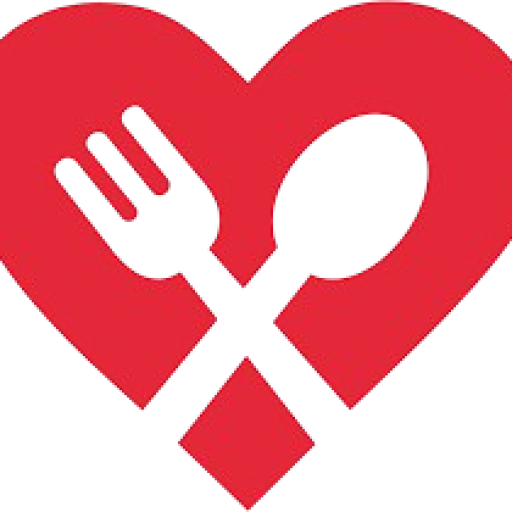DEAR MAYO CLINIC: My doctor told me that I have congestive heart failure and I have to change my lifestyle, including my diet. What kind of diet should I be on?
ANSWER: When patients have congestive heart failure, their heart isn’t able to manage fluid well, and it builds up in the body. This fluid can cause shortness of breath, swelling in the abdomen or legs, and fatigue. If this occurs, diuretics, or water pills, often are prescribed to remove the excess fluid. Your health care provider also will recommend that you restrict your sodium, or salt, intake. Why is this important? Sodium makes your tissues act like a sponge, hanging on to water. This extra water retention, on top of the fluid retained from your heart not working properly, will make it harder for your water pill to work, and you likely will keep feeling poorly.
So, what does it mean to restrict your sodium? The American Heart Association recommends 2,000 to 3,000 milligrams of sodium per day for heart failure patients. Most Americans far exceed that recommendation.
How will you know how much sodium you are getting in your diet? First, be aware that any added salt will add up quickly. One teaspoon of table salt is over 2,000 mg of sodium. And it doesn’t matter if it’s Himalayan salt, sea salt or kosher salt ― all should be avoided.
Next, read the label of everything you put in your mouth, liquids included. Almost everything in a box, can or bag has added sodium in it. First, look at the serving size, then look for the sodium count in milligrams. The sodium listed is per serving. A good rule of thumb is to avoid anything over 500 mg per serving. Items at 500 mg or more per serving will add up fast, as it only takes four servings to get to 2,000 mg.
As you start reading labels, you may be surprised at how much sodium is contained in common favorite foods. The obvious high-sodium foods are things that taste salty, such as snack chips, olives, pickles, ham, bacon and salted nuts. But countless items have hidden salt in them, such as canned soup and vegetables, cheese (cottage cheese is especially high in sodium), cereal, muffins, bread, desserts, sauces for pasta and stir fry, condiments, and many salad dressings.
Another huge source of excess sodium is restaurant and fast food. If you are trying to limit your sodium, you will want to avoid eating food from these establishments. Sandwich shops often are thought to be safe, but the sandwiches — often made with cold cuts — can be high in sodium, making them a less desirable option. A quick search online of a chain restaurant or fast-food item will reveal the sodium count of your favorite foods. While you may find some lower-sodium foods, you may be surprised by how much sodium is in many of them. Also, don’t be fooled with a “Heart Healthy” label. This label usually refers to fat content, not sodium.
So, what can you eat? At home, basically, anything fresh is usually safe. If you can pick it in your backyard, catch it in a lake or stream, or hunt your own game, the sodium count should be low. At a restaurant, stick with fresh fish, beef and vegetables. Avoid chicken or pork, which often are injected or brined with salt. Limit your use of marinades, sauces, rubs and anything mixed in any way. Avoid pastas, soups, omelets, breads and salads. The concern with salads is that the dressing tends to be very high in sodium, as are many of the added ingredients. Use herbs and spices to flavor your foods. When you are tempted to reach for the salt shaker at home or when eating out, try flavoring your food with lemon, lime or vinegar. The addition of a little acid can enhance the flavor of your food, and you won’t need added salt.
Salt is an acquired taste, and learning to restrict your sodium is a journey. Even with a gradual reduction, you may miss the salty taste initially, but, over time, your body will not need or crave extra salt. And your heart, your body and you will be much healthier and happier. ― Janell Grazzini Frantz, certified nurse practitioner, Cardiovascular Medicine, Mayo Clinic, Rochester, Minnesota

